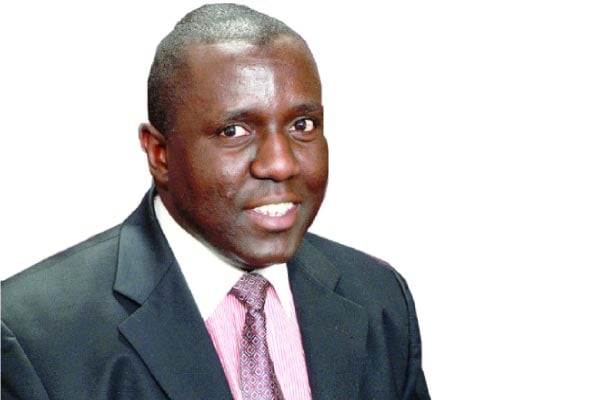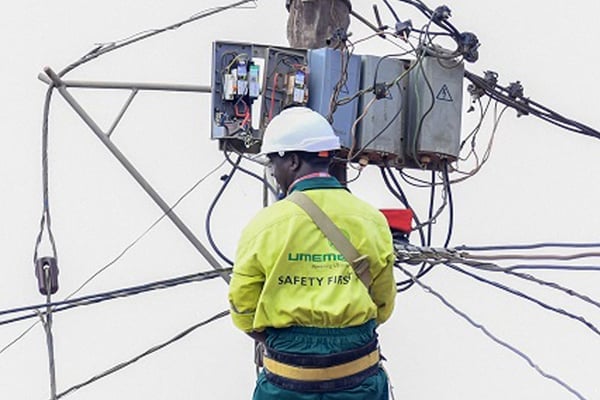Prime
Umeme exit, what next for the energy sector?

Author: Mr Karoli Ssemogerere is an Attorney-at-Law and an Advocate.
What you need to know:
The story of rethinking Uganda’s power system has been going on for on sometime. Demand for power is very low. A lot of redundant capacity exists on the grid.
In 2025, Umeme’s 20-year concession is bound to end. In 2005, Uganda was adrift in darkness. The state of public finances could not support the triple overhaul needed in power generation, transmission and distribution. The precarious state of the power lines made it difficult to attract any foreign investment. This column, short on language, named then Minister of Energy Syda Namirembe Bbumba, the minister for darkness. Many homes in Kampala were running on “generators”. It was easy for thieves to hide under darkness and noise to break into the homes of the fortunate few who could afford a generator to steal valuables. Nailed between a rock and a hard place, Uganda granted Umeme, in which the Commonwealth Development Corporation was a major shareholder, a concession to take over then Uganda Electricity Board’s distribution business.
It also granted another concession to Eskom South Africa to operate some of the power generating assets, including Owen Falls Dam, under the Uganda Electricity Generation Company Limited (UEGCL). In between the slightly lucrative business, transmission was wholly retained by government. These may be some of the transactions that informed the lifting of the two presidential term limits in the same year. Investor’s wanted security in their contracts from the top office in the land.
Twenty years later, the number of connections has jumped from 65,000 to 1,650,000 retail customers. But the rest of Umeme’s distribution statistics are humbling. Uganda has just 3,000 large scale industrial-medium users, 650 large industrial users, 52 very large users and 90,000 commercial users, the biggest bargain in Umeme’s service for entry level establishments that enjoy preferential tariffs when demand for power is low. Just five percent of Umeme’s demand is industrial, and the prepaid segment dominated by domestic consumers is 66 percent of Umeme’s total revenue.
A look at the national grid also shows what has ailed Uganda’s economic story. There are open gaps in the grid, in the mid-west, south-west and, of course, the north east. Some areas, including West Nile, Kalangala, East Acholi, the Albertine region are covered by independent power producers.
Affordability is also an issue. In post-paid, there is no default, which is good for business, but very quickly, gaps in the policy continue to reflect. The story of how demand for charcoal has skyrocketed, prices continuing to rise, and after most of the private forests have been decimated, demand in Kampala begun to be felt as special trees like the shea butter trees in Acholi started getting felled for charcoal. A typical urban dweller spends 30 percent of their wages on transport, 30 percent on rent, 20 percent on energy and just 20 percent on food and other discretionary items.
It is informative that with such an expenditure, rich retailers like Mr Price, Nakumatt, Uchumi and others have entered and exited Uganda in the last 10 years have little to work with. It also explains why bales of used clothes are a necessity that has stunted domestic textiles.
The story of rethinking Uganda’s power system has been going on for on sometime. Demand for power is very low. A lot of redundant capacity exists on the grid. High costs of evacuating power have rendered many dam projects white elephants. As if that’s not enough, Uganda is now debating new sources of energy. Petroleum could have been a fit for domestic and small-town demand and has relatively low distribution costs, except for pollution. In recent weeks, the President has been talking about nuclear power from vast uranium deposits sitting on the Ankole-Toro-Mubende peninsula.
In 1983, preliminary studies pointed to uranium, but were skeptical about demand. Nuclear power is even cheaper to produce, but utilizing atomic energy is highly regulated and carries significant health risks. The collapse of the Soviet Union in 1990 was triggered by a series of events, including the Chernobyl Nuclear disaster. It is safe to add that the President’s statement, short of inviting exploration, was mischievous, intended to attract attention like the one in 2022 that announced that big gold deposits were readily available in Uganda. Any formula for rethinking the power industry has to devise ways on how to solve the transmission problem and by-passing the distribution problem. Second is affordability by allowing more players to take over Umeme’s prior monopoly.
Third is to address the low income, low productivity, low output cycle. Even at low demand, the main power lines serving the artery of Uganda’s limited economic activity cannot carry the requisitioned power, especially for industrial users. Some lines like Kampala-Entebbe high voltage line, are past their utility date and vandalism by the jua kali artisans has also increased power losses.
Mr Ssemogerere is an Attorney-At-Law and an Advocate. [email protected]




